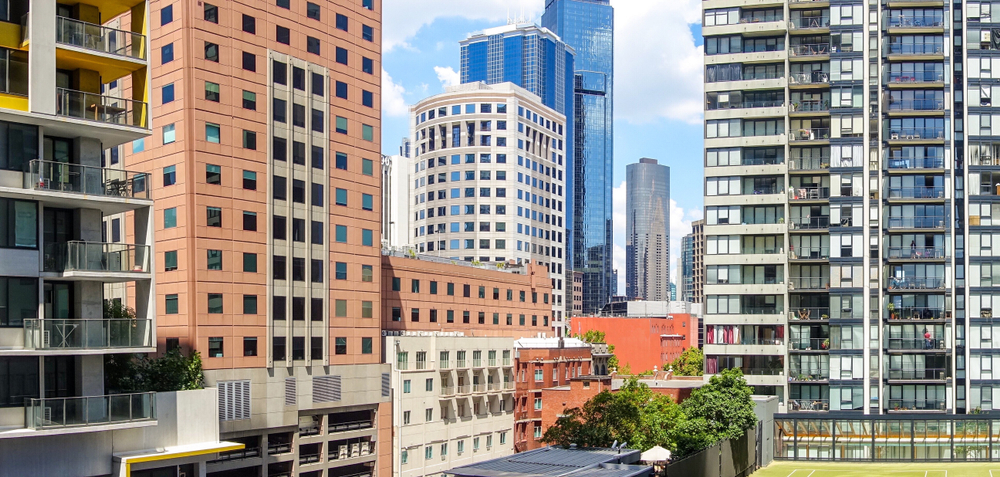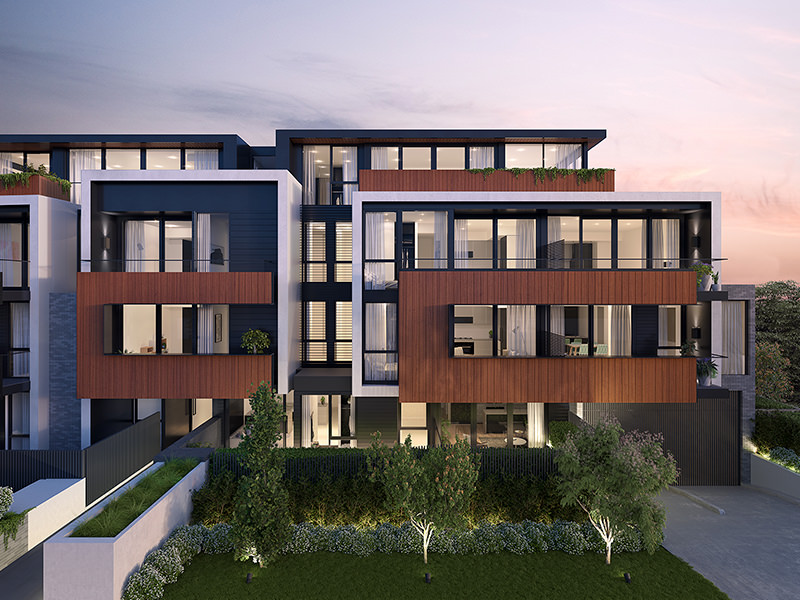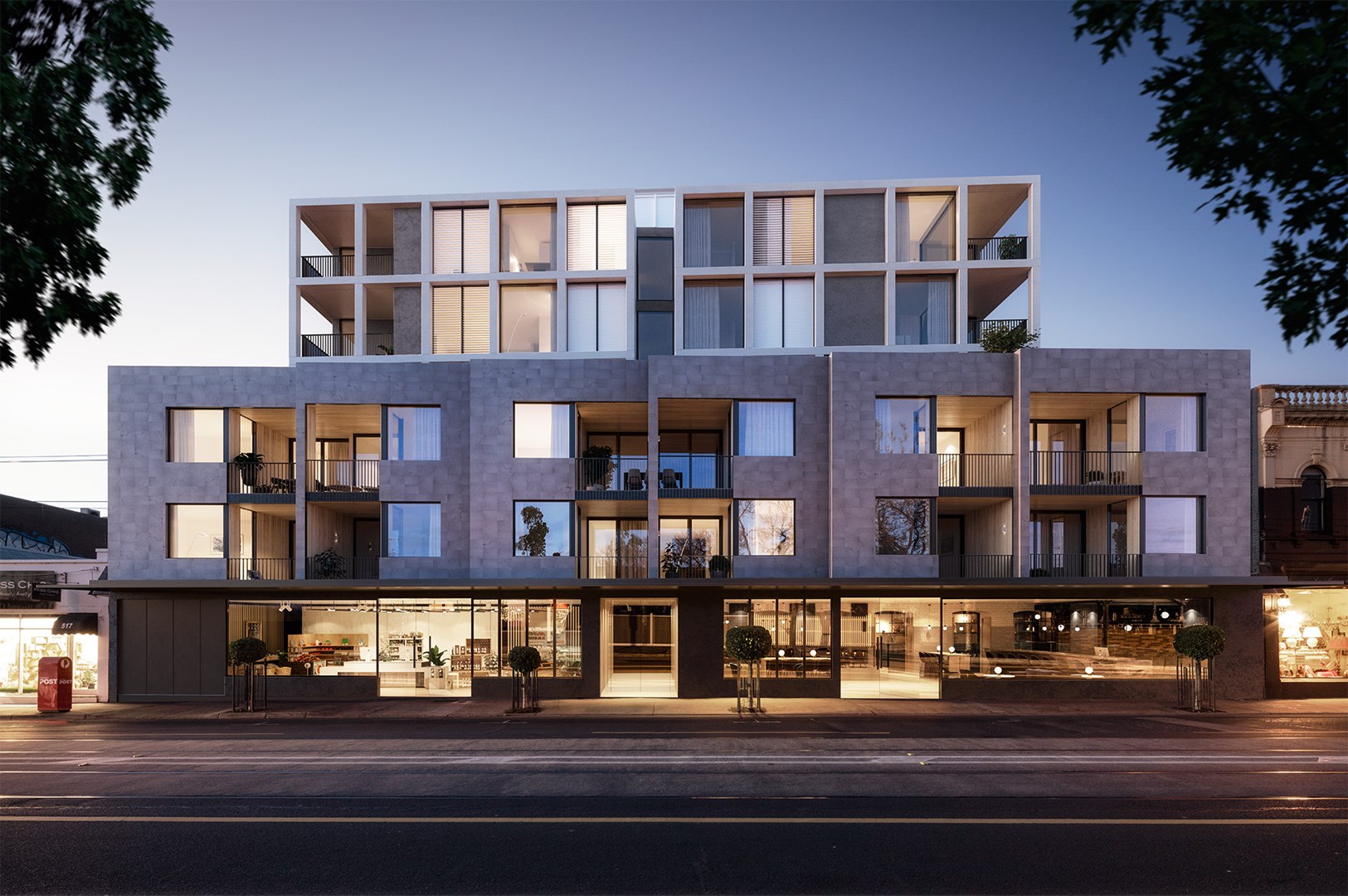Contributed by Leonard Teplin
Last year was one of considerable change for the property sector, with significant government and regulatory changes implemented in the new financial year, leaving many questioning how the market would respond.
July 1 saw off-the-plan stamp duty savings axed for investors, with the concession retargeted towards first home buyers. Investors were also lumped with a tax on vacant properties, while developers were limited to 50 per cent of sales to foreign buyers.
This, combined with tightened lending conditions from APRA, raised significant concerns among industry professionals, with many predicting a severe slow-down in off-the-plan sales and even more competition focused at traditional homes, driving prices even further out of reach.
Related reading: RBA Minutes Reveals Less Lending to Investors as Residential Construction Eases

While there’s no denying foreign investor sales in off-the-plan have slowed, we’ve seen local owner-occupiers and first home buyers enter the market at an unprecedented rate. A growing acceptance of apartment living, combined with new government incentives and an increase in quality off-the-plan projects has seen our sales increase significantly.
Across 2017, Marshall White Projects recorded an increase in local market sales by almost 40 per cent (39.3%), with empty nesters, or those looking to spend in excess of $1.5m for an off-the-plan apartment, now our largest market demographic – and sales to this market segment increasing by 28 per cent.
While many had concerns around the changes to investor lending and off-the-plan stamp duty concessions and what that would do to the market, the outcome has actually encouraged developers to lessen their reliance on investor sales and instead focus on the surge in owner occupiers, and particularly downsizers, entering the off-the-plan market.
Related reading: Would Australian Households Be Better Off if We Ditch Negative Gearing?

Developers have therefore turned their attention to larger, higher-quality apartments, which in turn has resulted in empty nesters and downsizers emerging as one of our largest buyer demographics of the year.
This rapidly changing market is underpinned by similar data from District Data, which has reported the number of apartments sold above $2 million in Melbourne’s inner-suburbs has increased by 36.6 per cent in the past four years when compared with the four years prior.
So, what does this mean for Melbourne’s market in 2018?

Developers will continue to adapt their product to suit this shift in buyer demographics. As investor sales slow, developers need to step away from large-scale, investor-driven projects and focus on boutique, design-driven, high-quality houses.
Related reading: Developers Need to Shift their Focus in a Changing Market
This year is an opportunity for developers to target a more upmarket buyer that will spend more for a quality, luxury-appointed apartment or townhouse that caters to their tastes and high expectations.
We’ve already seen many of these types of projects sell out quickly in 2017 to owner-occupiers, including William on Mimosa Rd Carnegie, Oakdon on Scott St Glen Iris and 525 High St, Prahran.
While 2017 was without a doubt the year of the downsizer, 2018 will be the year of the customiser, with astute buyers wanting to play an active role in designing their own homes.
The increase in high-end buyers willing to pay more for the perfect home will see many purchasing one or more adjoining apartments and working with the architects to create a bespoke floor plan.
Related reading: Deliberative Development and the 'Uberisation' of Housing Markets
Despite the negative rhetoric surrounding 2017, Melbourne witnessed an incredibly strong year in terms of sales and proved itself resilient in the face of significant market changes. This is only set to continue in 2018, as off-the-plan seems set to overtake traditional housing as a first choice for home buyers. A growing population will see Melbourne’s greenfield market continue to boom, while increasing rental prices and low interest rates will continue to drive first home buyers into the market.
If developers can prove agile enough to keep up with the changes that stemmed from July 1, 2017 and carry these lessons into 2018, there’s no reason to believe it won’t be an exceptional year for sales.

Leonard Teplin is the director of project marketing firm Marshall White Projects.
The Urban Developer will occasionally publish opinion pieces written by outside contributors representing a wide range of viewpoints.